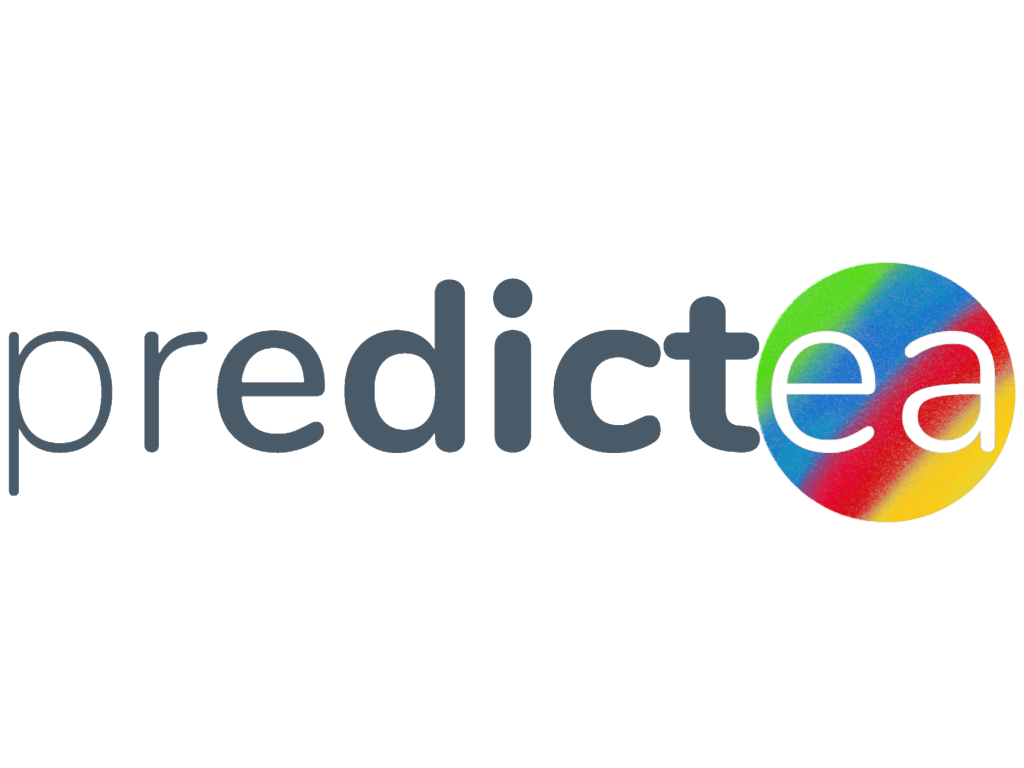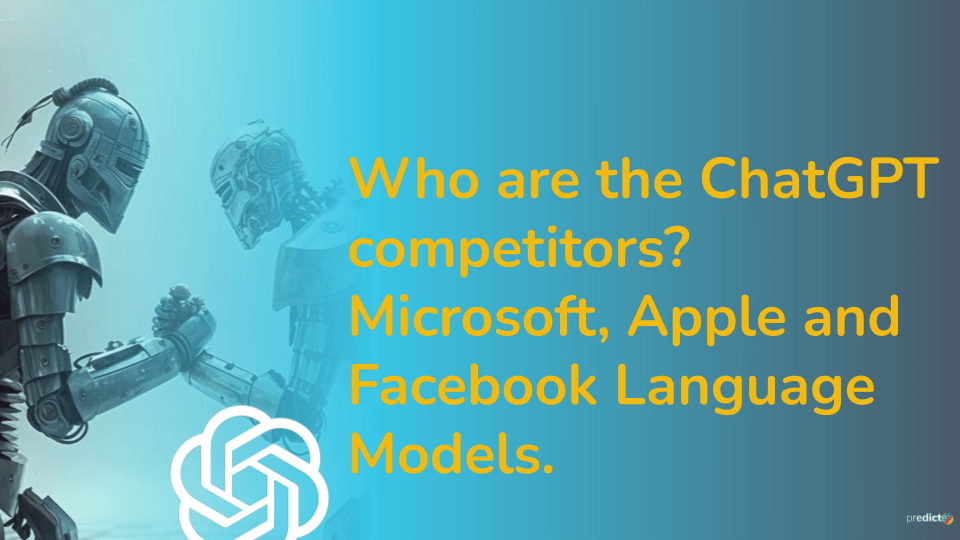Meta’s PEER, Google’s LaMDA and PaLM and Chat GPT are Language models. Those were developed by different companies. These AI platforms are differing in terms of their focus, architecture, and underlying technologies, as well as their approach to privacy and security.
Chat GPT
Launched by OpenAI in November 2022, ChatGPT (Chat Generative Pre-trained Transformer) is a chatbot. The GPT-3 family of big language models from OpenAI provides the foundation for this system, which has been fine-tuned using both supervised and reinforcement learning strategies.
On November 30, 2022, ChatGPT was introduced as a prototype. It soon gained popularity for its thorough responses and clear responses in a variety of subject areas. According to reports, Microsoft is incorporating OpenAI’s chatbot ChatGPT into its search engine and intends to shortly reveal the update.
ChatGPT combines a neural network architecture and unsupervised learning to generate responses, in contrast to typical NLP models that rely on explicitly created rules and tagged data. This makes it a valuable tool for managing a variety of conversational tasks because it can learn to generate responses without being explicitly instructed what the appropriate response is.
ChatGPT uses a variant of reinforcement learning that incorporates human input for model optimization (building on GPT-3.5) and reward model development. The primary goal of reinforcement learning is for the model to learn the best “policy” that maximizes reward. Reinforcement learning is essentially the process of giving a penalty or reward depending on a model’s output. Read more about the Chat GPT architecture, and underlying technologies from this link.
Meta’s PEER
PEER (Plan, Edit, Explain, Repeat). A new model created by META (in partnership with Carnegie Mellon University and INRIA) writes content in a way that is comparable to how humans do it: it creates a draft, makes revisions, adds recommendations, and can even justify its actions.
The model suggested by META operates in accordance with the pattern shown in the figure: it first suggests a plan, which is followed by an action (editing), which is then explained (through a textual justification or a link to a reference), and the cycle is repeated until the text is satisfactory.
Google’s LaMDA
One of Google’s initial Transformer models, BERT, was ground-breaking in its comprehension of the nuances of human language. They debuted MUM two years ago, which is 1,000 times more effective than BERT and boasts next-generation, multilingual information understanding. The newest AI technologies — like LaMDA, PaLM, Imagen and MusicLM — are buit on this.
The first generation of LaMDA was unveiled at the keynote address at Google I/O in 2021, while the second generation was revealed during the gathering the following year. When Google engineer Blake Lemoine asserted that the chatbot had developed sentience in June 2022, LaMDA attracted much media interest. Lemoine’s statements have been mostly rejected by the scientific community, but they have sparked discussions regarding the validity of the Turing test, which determines whether a machine can pass for a human.
LaMDA adopts a transformer language model that only has decoders. It is pre-trained on a corpus of 1.56 trillion words, comprising texts and dialogs, and is then trained using fine-tuning data produced by carefully annotated responses for reasonableness, interest, and safety. Google’s tests revealed that LaMDA outperformed human responses in terms of interestingness. To increase the accuracy of the information presented to the user, the LaMDA transformer model collaborates with an outside information retrieval system.
Google’s PaLM
Along with LaMDA, there is “PaLM” (Pathways Language Model). PaLM is based on the October 2021-released “Pathway” AI architecture from Google. A “single model can be trained to do millions of things” thanks to Pathway. It has the ability to manage “several tasks at once, learn new tasks fast, and reflect a greater grasp of the environment.” As a result, there is no longer any need to create numerous new learning models for each modularized individual activity. The Pathways infrastructure is also multi-modal, which enables it to simultaneously process speech, images, and text to produce more accurate results:
Pathways, a single model that could generalize across domains and activities while being extremely effective and highly efficient, was announced by Google Research team last year. The new Pathways system, which manages distributed computation for accelerators, was developed as a significant step toward accomplishing this objective. A single model was effectively trained across several TPU v4 Pods in the Pathways Language Model (PaLM), which used a 540 billion parameter, dense decoder-only Transformer model. PaLM is tested on hundreds of language understanding and generating tasks, and it is discovered that, for the majority of them, it consistently outperforms state-of-the-art few-shot performance.
Conclusion
Privacy and security
| AI Platform | Remarks |
| ChatGPT | It is not designed specifically for privacy and security, and the use of the model could potentially compromise user data. |
| Meta’s PEER | A decentralized platform for AI models, which aims to give users more control over their data and to prevent the centralization of AI. This can provide a higher level of privacy and security, as the user’s data is not controlled by a single entity. |
| Google’s LaMDA | It is not designed specifically for privacy and security. Google has a history of collecting user data, so users may want to be cautious about sharing sensitive information with this model. |
| Google’s PaLM | A privacy-preserving AI model developed by Google, which uses homomorphic encryption to protect user data. This means that user data can be processed without it being revealed to the model, providing a higher level of privacy and security compared to other AI models. |
In comparison to ChatGPT and Google’s LaMDA, Meta’s PEER and Google’s PaLM are superior choices if privacy and security are a priority. However, it’s crucial to remember that no AI model is 100 percent secure, and the degree of privacy and security may vary depending on the implementation and use case.
Purpose and performance
| AI Platform | Remarks |
| ChatGPT | Designed to generate natural language text in response to user inputs. It has been widely adopted in various applications such as chatbots, virtual assistants, and content creation. ChatGPT has demonstrated high performance in generating coherent and fluent text, making it a popular choice for conversational AI applications. |
| Meta’s PEER | Decentralized platform for AI models, which aims to give users more control over their data and to prevent the centralization of AI. The platform provides an infrastructure for AI models to be trained and used in a decentralized manner, making it possible for users to collaborate and share models. The performance of models hosted on PEER will depend on the specific models and their use cases. |
| Google’s LaMDA | It is designed for a wide range of applications, including question-answering, text completion, and content creation. LaMDA has demonstrated high performance in generating coherent and informative text, making it a strong contender for various language generation tasks. |
| Google’s PaLM | A privacy-preserving AI model developed by Google, which uses homomorphic encryption to protect user data. The model is designed to provide privacy and security for AI applications, without sacrificing performance. PaLM has demonstrated good performance in various AI tasks while preserving privacy, making it a promising choice for privacy-sensitive applications. |
All four models serve various functions and excel in various fields. Due to ChatGPT’s excellent text-generation capabilities, it is a popular choice for conversational AI applications. Users can cooperate and share models using Meta’s PEER, which offers a decentralized infrastructure for AI models. PaLM strikes a splendid mix between performance and privacy, while LaMDA excels in a number of language generation tasks.
Usage and cost
| AI Platform | Remarks |
| ChatGPT | the cost of usage depends on the specific API that is used. OpenAI offers both free and paid versions of the API, with the paid version providing access to higher-capacity models and more usage credits. The cost of usage for ChatGPT can vary from free for small projects to several thousand dollars per month for large-scale implementations. |
| Meta’s PEER | The cost of usage will depend on the specific models and services being used. The platform aims to provide a more open and transparent way of using AI, and the cost of usage may be lower compared to centralized AI platforms. |
| Google’s LaMDA | The cost of usage will depend on the specific usage requirements and the scale of the implementation. Google Cloud offers a range of pricing options, including per-minute usage charges and flat-rate monthly pricing, making it possible to choose a pricing model that fits the specific requirements and budget of the project. |
| Google’s PaLM | The cost of usage will depend on the specific usage requirements and the scale of the implementation. Like LaMDA, PaLM can be used with a range of pricing options, including per-minute usage charges and flat-rate monthly pricing, to choose a pricing model that fits the specific requirements and budget of the project. |
Depending on the exact implementation and use scenario, the cost of usage for ChatGPT, Meta’s PEER, Google’s LaMDA, and Google’s PaLM can vary significantly. These approaches may be used for free or at a modest cost for short projects, while more extensive implementations can run into the thousands of dollars each month. When selecting a language model for a project, it’s crucial to carefully take the budget and particular requirements into account.
Data Sources
| AI Platform | Remarks |
| ChatGPT | Trained by OpenAI using a diverse and large corpus of text data from the internet. This corpus was carefully curated to ensure that the model was exposed to a wide range of topics, styles, and writing styles, which helped to make it capable of generating a diverse range of text. |
| Meta’s PEER | The data sources used to train models hosted on PEER will depend on the specific models and the users who created them. The platform aims to provide users with more control over their data, which may make it possible to use more specialized or domain-specific data sources to train models. |
| Google’s LaMDA | LaMDA was trained by Google Research using a large corpus of text data from the internet. The data corpus was carefully curated to ensure that the model was exposed to a wide range of topics and writing styles, which helped to make it capable of generating a diverse range of text. |
| Google’s PaLM | The data sources used to train the model are encrypted to ensure that user data is protected. The specifics of how the data is encrypted and used to train the model are not publicly available, but it is known that PaLM was trained using a large corpus of text data from the internet. |
The performance and quality of language models can be significantly impacted by the data sources utilized to train them. While Meta’s PEER gives customers more control over their data and enables the use of more specialized or domain-specific data sources, ChatGPT, Google’s LaMDA, and Google’s PaLM were all trained using a sizable corpus of text data from the internet. The particular criteria and use case for the model will determine the data source to be used.
Architecture and Technologies
| AI Platform | Remarks |
| ChatGPT | A transformer-based language model that uses deep learning to generate text. The architecture is based on the transformer architecture originally developed by Vaswani et al., and the model is implemented using a combination of TensorFlow and PyTorch. The model is trained on a large corpus of text data and can be fine-tuned for specific use cases to improve its performance. |
| Meta’s PEER | A decentralized platform for AI models that allows users to host and share models in a more open and transparent way. The platform is based on blockchain technology and uses a combination of decentralized data storage and smart contracts to ensure that models can be shared and used in a secure and transparent way. The specific architecture and technologies used in models hosted on PEER will depend on the models themselves, but the platform provides support for a wide range of AI models and technologies. |
| Google’s LaMDA | A transformer-based language model that uses deep learning to generate text. The architecture is based on the transformer architecture and the model is implemented using TensorFlow. LaMDA was trained on a large corpus of text data and can generate text that is both natural and informative. |
| Google’s PaLM | A transformer-based language model that uses deep learning to generate text. The architecture is based on the transformer architecture and the model is implemented using TensorFlow. LaMDA was trained on a large corpus of text data and can generate text that is both natural and informative. |
Language models like ChatGPT, Meta’s PEER, Google’s LaMDA, and Google’s PaLM might differ significantly in terms of performance, scalability, and interoperability depending on the architecture and technologies they employ. TensorFlow is used to create transformer-based models in ChatGPT, Google’s LaMDA, and Google’s PaLM, whereas Meta’s PEER is a decentralized platform based on blockchain technology. The precise criteria and use case for the model will determine the architecture and technology to be used.


